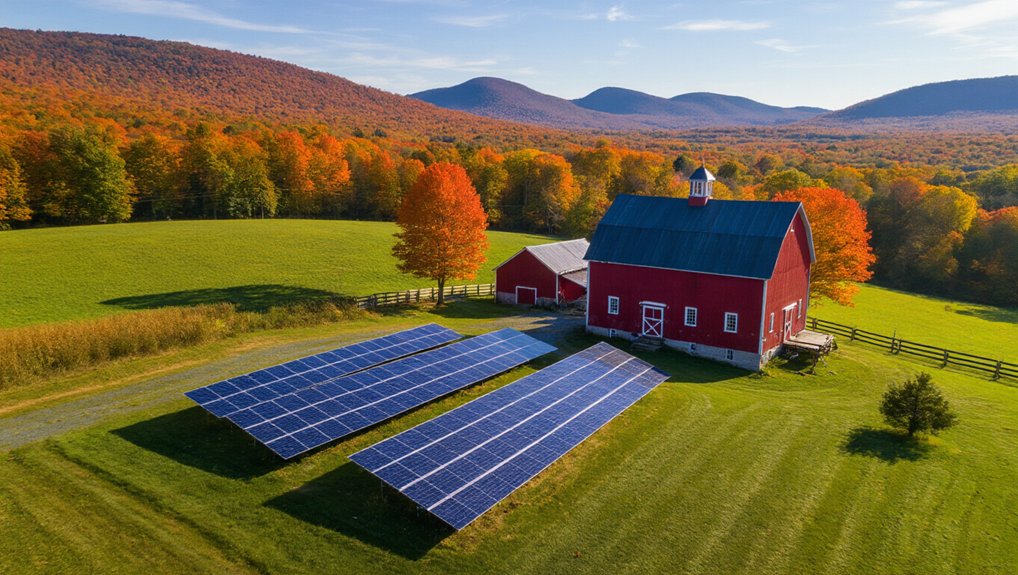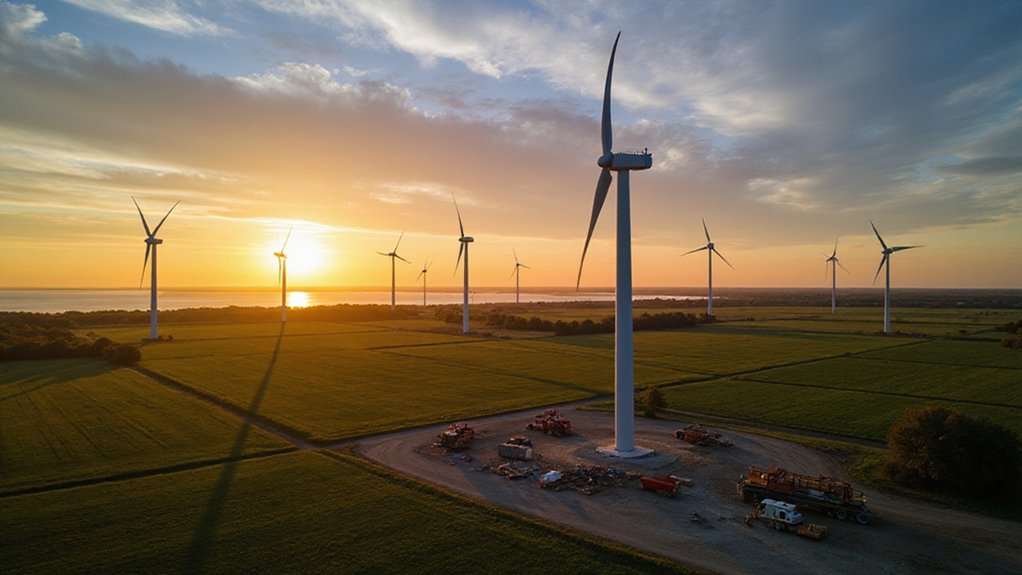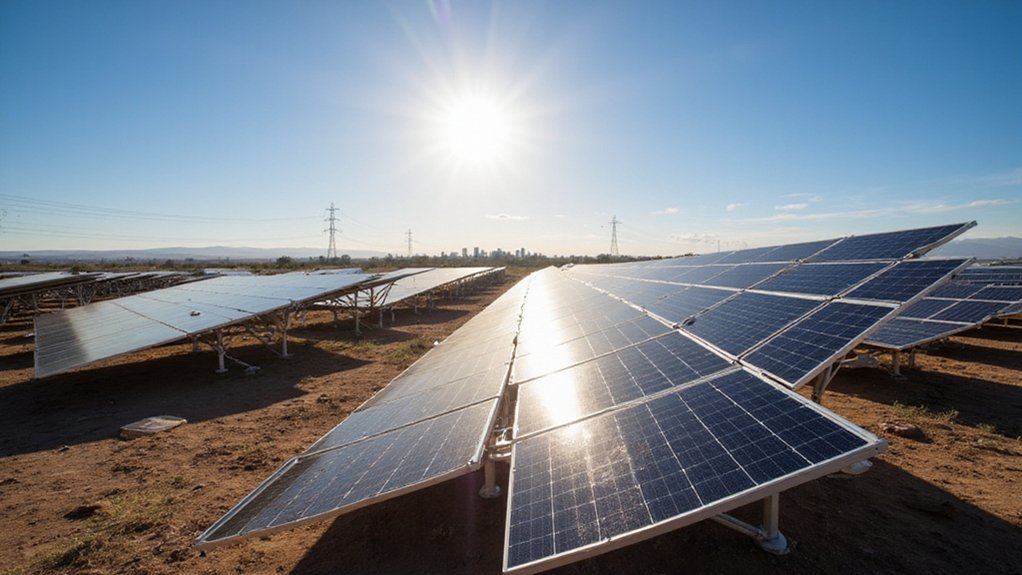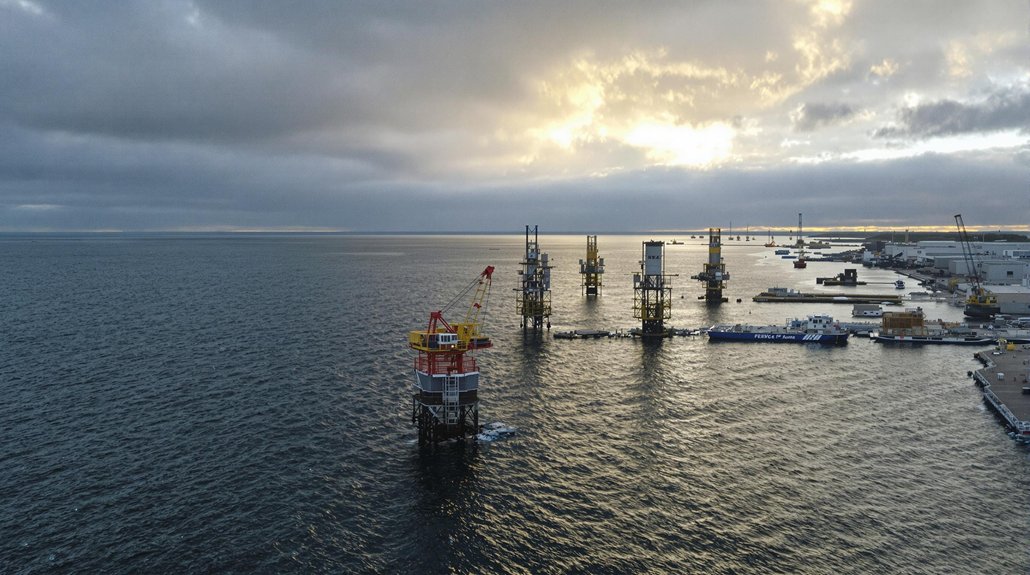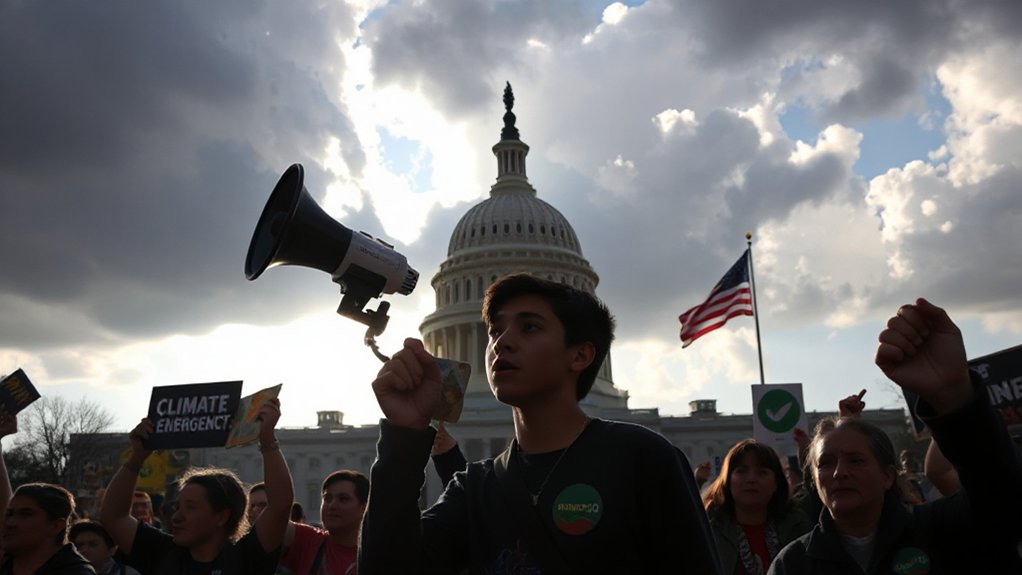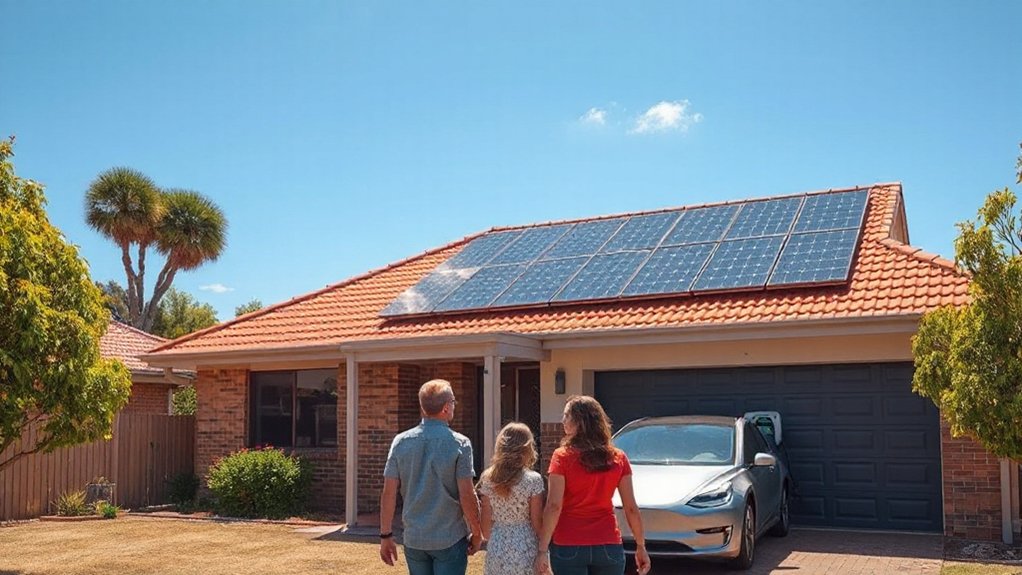Vermont homeowners are catching a break. The state just ripped apart its solar permitting nightmare and replaced it with something that actually works. Ground-mounted solar arrays under 25 kW now get approved in less than 30 days. That’s down from four months of bureaucratic hell.
The old system was brutal. Forty-five days for neighbor notices, another month for state review, plus fees that hit $5,000. For what? Paperwork. Now that’s gone. The expedited process skips the fees entirely. That’s real money staying in homeowners’ pockets.
Vermont killed $5,000 permitting fees and months of bureaucratic hell for solar installations
Here’s where it gets interesting. Solar panels cost $3.08 per watt in Vermont right now. A typical 10.84 kW system runs $21,932 after the federal tax credit knocks off 30%. Without those permitting fees, buyers save another two to five grand. Suddenly, solar isn’t just for trust fund kids. Cash purchases deliver the best savings compared to loans or leases, avoiding interest charges entirely.
The numbers tell the story. A 6 kW system generates $1,505 worth of electricity annually. That’s $125 every month not going to the power company. Full payback hits in 10 years, then it’s pure profit. Over two decades, that same system saves $17,303. Not bad for some panels on your roof.
Vermont’s throwing more at this too. The Solar for All program landed $62.45 million from the EPA. Low-income residents get targeted for 20% bill reductions. Renters and apartment dwellers aren’t left out either—community solar arrays spread the wealth around. This aligns perfectly with national trends where renewable investments are outpacing fossil fuels by 10 to 1.
Space requirements aren’t crazy. A 6 kW system needs 429 square feet. Most Vermont roofs measure 572 square feet, enough for 8.7 kW. Modern panels push 400 watts each, so fewer panels deliver more juice. Since 2020, only 11 applications for mid-sized projects between 15-25 kW have been submitted, showing how the old system strangled growth.
The environmental angle matters, even if nobody wants another lecture. A 6 kW system cuts 0.85 tons of CO₂ annually. Scale that across thousands of homes and Vermont starts hitting its clean energy targets.
This isn’t theoretical anymore. The planning phase runs through 2025, then the floodgates open. Vermont just made going solar as simple as signing up for cable. Except solar actually saves money.
References
- https://pv-magazine-usa.com/2025/06/11/vermont-passes-law-for-faster-cheaper-residential-solar/
- https://poweroutage.us/solar/vt
- https://www.veic.org/news/vermont-solar-for-all-planning-begins-aims-to-save-low-income-residents-20-on-electric-bills
- https://www.solarreviews.com/solar-panel-cost/vermont
- https://www.energysage.com/local-data/solar/vt/
